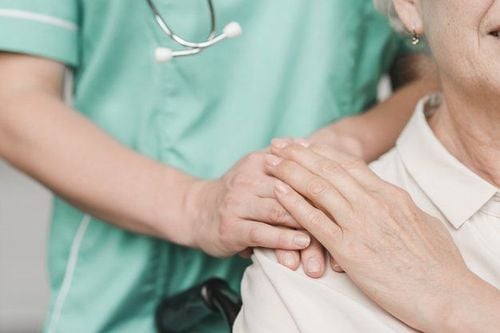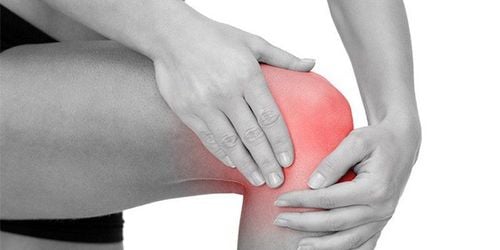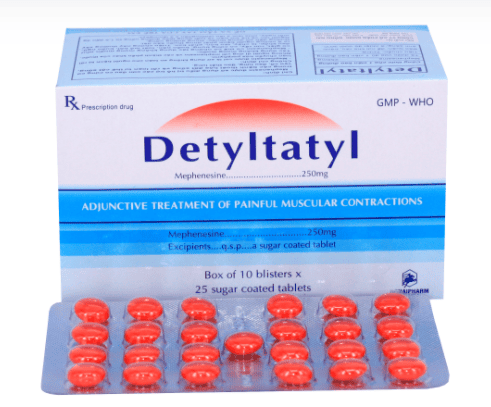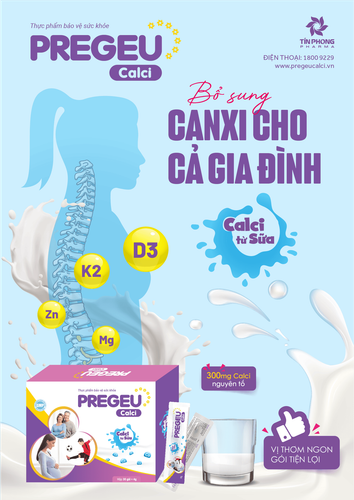This is an automatically translated article.
Due to the aging of the body, the mobility of the elderly will be poor, the risk of falling in the elderly is very high and leaves many serious consequences. Most are major injuries to the skin and bones, along with accompanying diseases, so it is difficult to recover.
1. Causes of falls in the elderly
1.1 Aging The aging process in the elderly leads to physiological changes such as connective tissue loss of suppleness, diminished muscle mass, decreased visual acuity, slow nerve conduction and decreased somatosensory perception. These changes lead to decreased muscle and joint activity, prolonged reaction times, increased postural fluctuations, and poor perception of protrusions. This is the reason why elderly people walk slowly, have short steps, and are prone to tripping or slipping after a sudden movement.
1.2 Comorbidities Some typical diseases in this age group are stiffness, muscle spasticity, muscle weakness, decreased or lost sensation. Osteoarthritis is one of the most common diseases in the elderly, hindering joint activities and accompanied by pain and joint deformity. Muscle weakness is also a common condition, as sedentary muscles cause a decrease in height and length of stride, a decrease in speed, and loss of stability. Cerebrovascular accident and Parkinson's disease are the sources of abnormalities affecting gait such as muscle weakness, muscle spasticity, tremor, decreased sensation and somatic awareness. Cardiovascular diseases: such as orthostatic hypotension, postprandial hypotension, cardiac arrhythmias, conduction disturbances, etc., making patients feel dizzy when changing positions, especially when standing up. go.

Người cao tuổi dễ bị chóng mặt khi đổi tư thế đột ngột
1.3 Environment Environmental-related accidents account for 30-50%. Common factors such as:
Clothing: clothing, shoes that do not fit Furniture: seats that are too high or too low, home with many turns, carpets or wires Other risk factors: insufficient lighting , wet, slippery floors, slippery bathtubs, inappropriate toilets,... In addition, alcohol is also one of the risk factors for falls and serious injuries due to the patient's loss of balance.
1.4 Medicines Some drugs such as:
Sleeping pills, tranquilizers: cause drowsiness and clumsiness Psychotropic drugs: can cause confusion Anticonvulsants: are used to treat epilepsy, and have can reduce reflexes, increase the risk of falling in patients.

Một số loại thuốc tác động tới hệ thần kinh cũng làm tăng nguy cơ ngã ở người già
2. Consequences of falls in the elderly
The consequences of falls in the elderly are often very serious, causing major injuries to the skin and bones. Falls are one of the leading causes of disability in the elderly.
Trauma: accounts for about 5% and leads to fractures. Common injuries such as femoral neck fracture, skin hematoma, even brain hematoma. Function: Elderly people who have fallen lose confidence with limited mobility, so daily activities will be gradually reduced. Quality of life is reduced if dependent on functional activities. Mentality: people who have fallen are often worried, afraid of falling again, in some severe cases, depression, loneliness, feelings of helplessness, or post-traumatic stress syndrome, even coma delirium.
3. Assessing the risk of falls in the elderly
To assess the risk of falls of the elderly, the doctor will perform clinical examinations such as vital signs, nervous system, musculoskeletal, cardiovascular,... The overall assessment of the patient's condition is very important, and at the same time detect comorbidities as well as risk factors for timely treatment.
Then assess the patient's function including balance, walking, movement and daily activities. Finally, the patient's living situation such as living alone or with children, or in a nursing home,... interior of the house, caregivers,...

Bác sĩ cần thăm khám lâm sàng và đánh giá chức năng người bệnh
4. Prevention of the risk of falls in the elderly
In order to prevent the risk of falls in the elderly, the comorbidities, if any, must be addressed first. If the patient has chronic diseases such as high blood pressure, diabetes, etc., it is necessary to check for complications that can lead to the risk of falling.
Eliminate risk factors caused by the environment such as carpets, floors, electrical wires, dim lights, stairs, shoes, ... to minimize the risk of falling.
Maintain a healthy lifestyle to help build strong bones and a supple body in the elderly such as:
Daily exercise: increase muscle strength, joint flexibility and stimulate balance and movement control systems. In the elderly can participate in dance classes, exercise,... Eat healthy: Supplement with vitamin D, iron and foods rich in protein and starch. You need to drink enough water every day to avoid dehydration. Do not use stimulants such as alcohol, tobacco,... Periodic health checks for the elderly, in order to detect risks early for timely prevention. In summary, the risk of falls in the elderly is very high due to old age, and has serious consequences. Therefore, the elderly need regular health check-ups to detect diseases and risk factors for falls in order to take timely intervention measures.
To register for examination and treatment at Vinmec International General Hospital, you can contact Vinmec Health System nationwide, or register online HERE.













